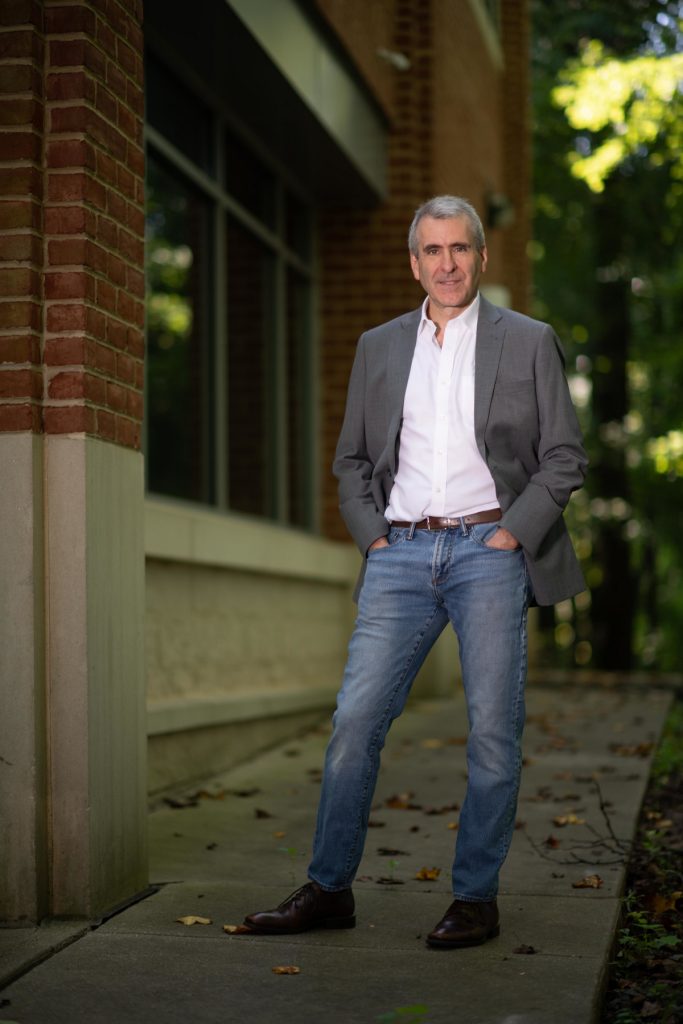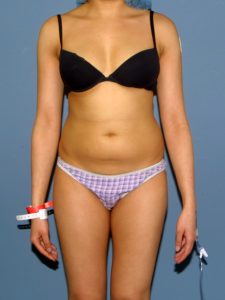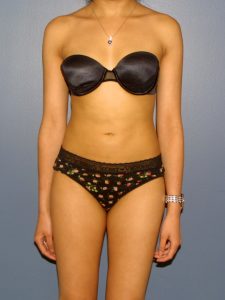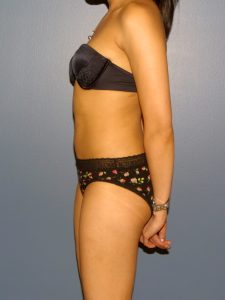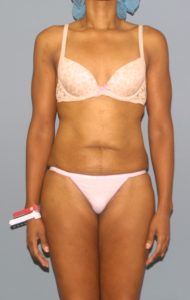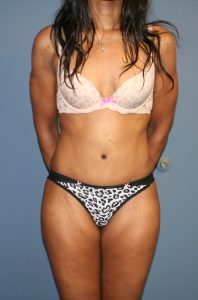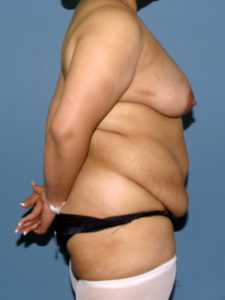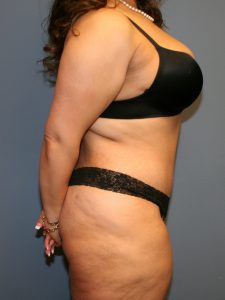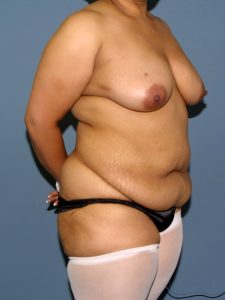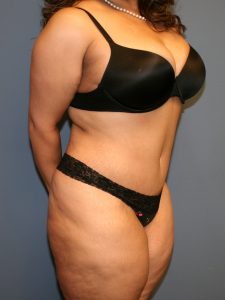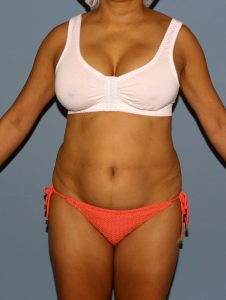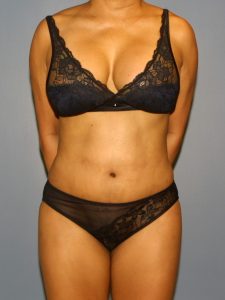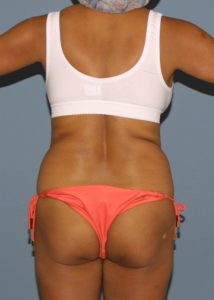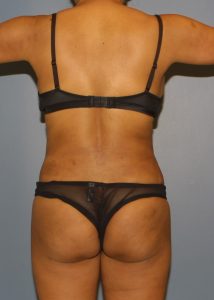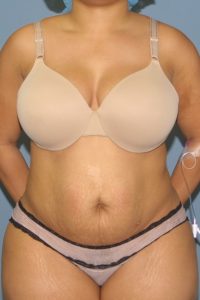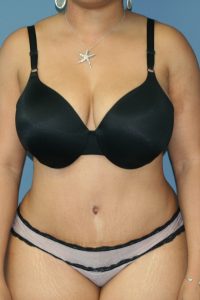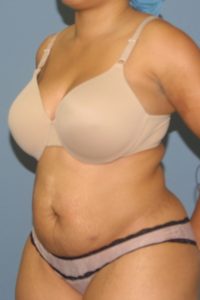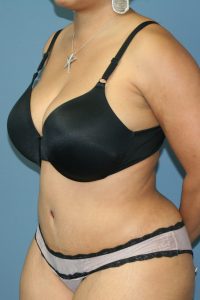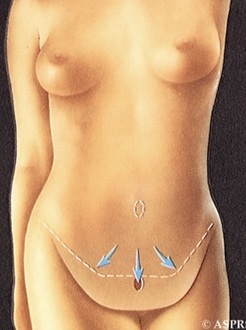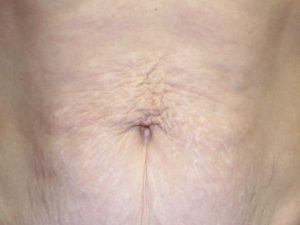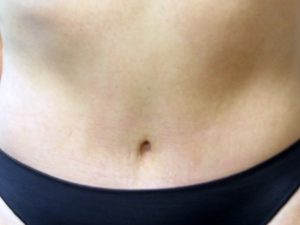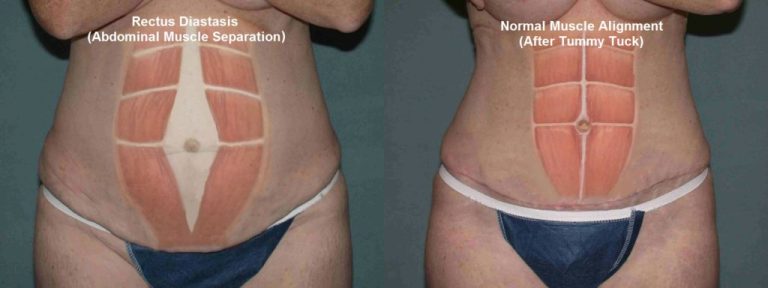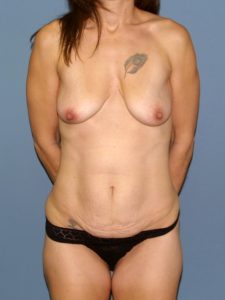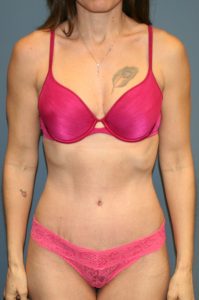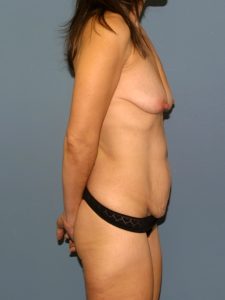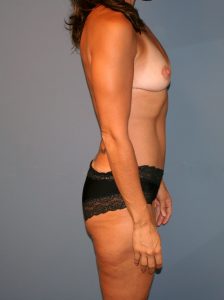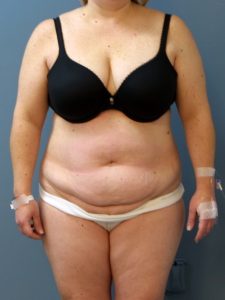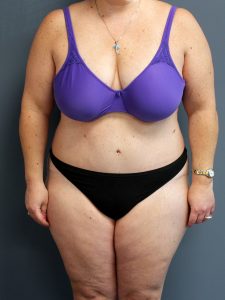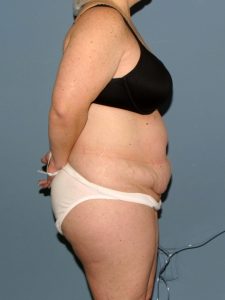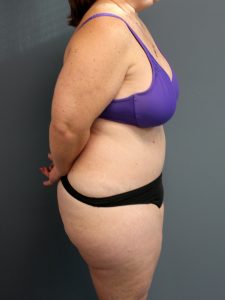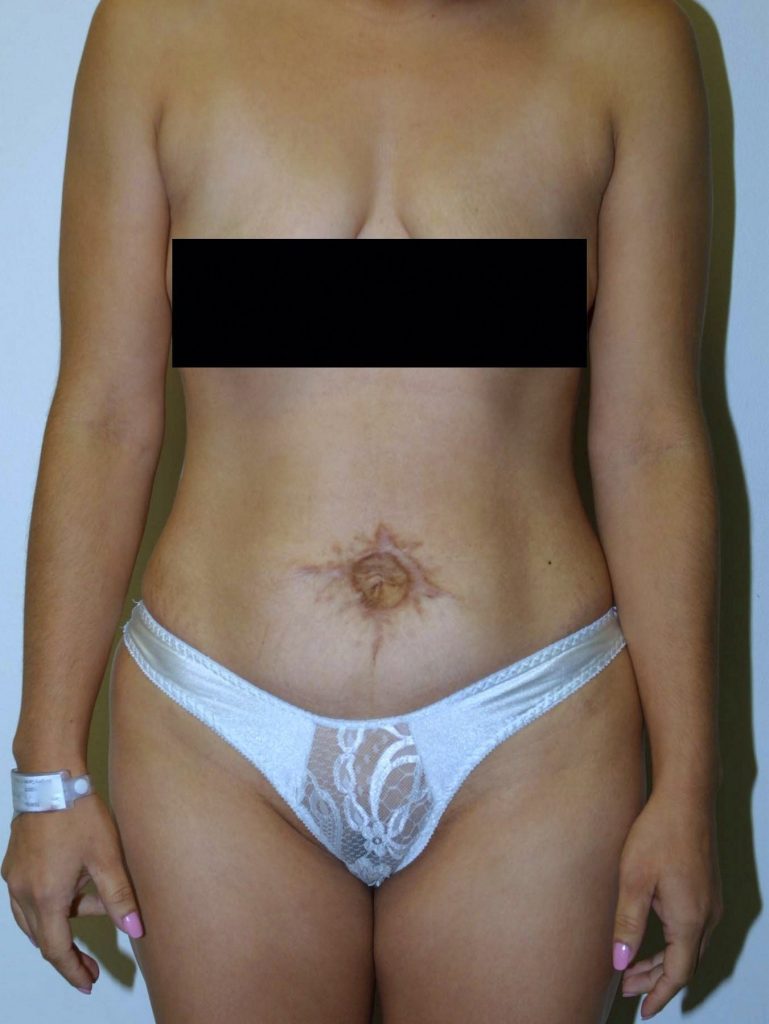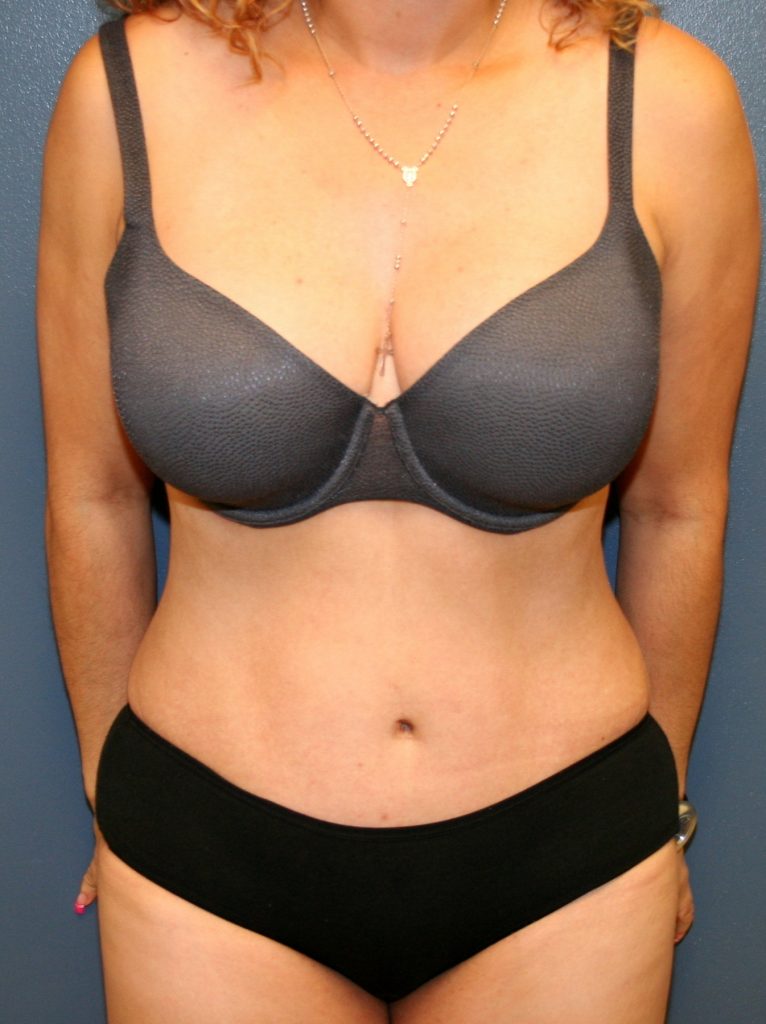DC Tummy Tuck
Tummy Tuck or Liposuction? What should I do?
What a difference a day can make
Introduction:
Even after 25 years in practice I still find patients confused. Do I need liposuction? Do I need a tummy tuck? Which kind? What is right for me?
This site was created to answer the most common questions my tummy tuck patients ask and I hope it is of value to you as well. It is a short site focusing more on my overall tummy tuck thinking than all the surgical details. This site reflects my personal experience, preferences, and how I have guided my tummy tuck patients for over 25 years. My way is, of course, not the only way but as you read on, I hope you enjoy and find a common sense path in my approach.
Further information and additional surgeries are detailed in my main site: www.ATCosmetics.com
Click on the link to each topic below or just scroll down
What weight should I be before surgery ?
What Kinds of Tummy tuck are there?
Can you add liposuction to a tummy tuck?
Principles for a safe tummy tuck
How long does it take to recover?
Can you tell me about the scar ?
how do you prevent blood clots?
What do I need at home to recover?
The key is to know what makes a good liposuction candidate
The key to liposuction is the skin, not the fat. Fat removal is easy and can be removed through a variety of types of liposuction devices. How the skin behaves is different.
If you have a patient with tight abdominal skin that has good elasticity, and you suck out the fat, the skin will shrink up and you will have a happy patient.
If you have a patient with loose abdominal skin and you suck out the fat, the patient will be thinner, but the skin will wind up more loose, wavy, and irregular.
Paitients who tend to have better results with liposuction are generally:
- Younger
- Have not had children
- Have not had massive weight gain or loss
Patients who do better with tummy tuck are generally:
- Older
- Postpartum (had babies)
- Had weight gain and loss, causing skin laxity
The patient below is young , has not had children and has good skin tone. She is a good candidate for liposuction
The patient below is older, has had children, and has loose skin tone. She is a good candidate for tummy tuck based on a pinch test
This patient has so much laxity that even without a pinch test it is clear that she is a candidate for a full tummy tuck
How do you know which one you are?
This is where I evaluate you and guide you in a consult using a pinch test. If I can grab a whole roll of skin in my hands you will likely do better with a full tummy tuck, especially if you have muscle separation. If there is only a small pinch, perhaps a mini tummy tuck will do.
Below, the image on the left demonstrates loose skin in a pinch test. The bulge in the mid abdomen on the right indicates muscle separation. This can be demonstrated at home by lying on your back and then lifting up your head and shoulders.
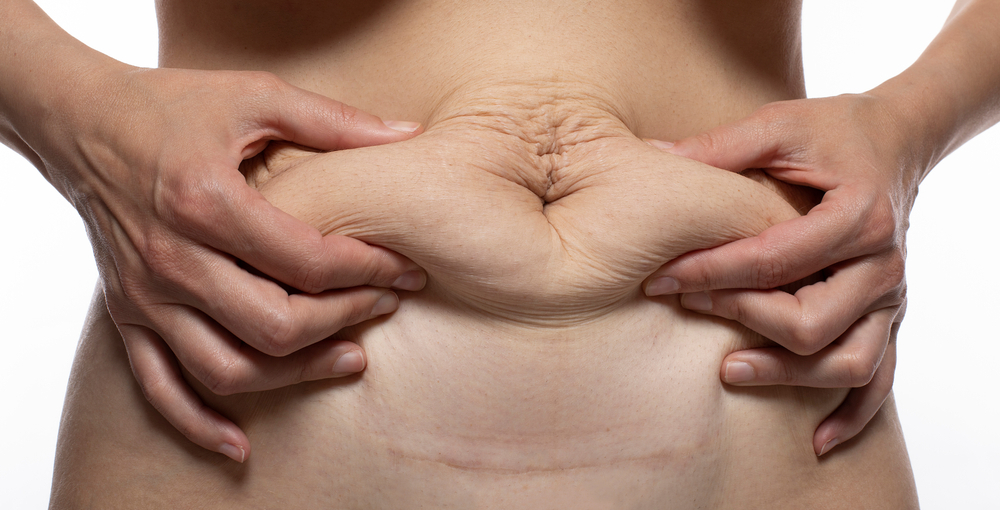
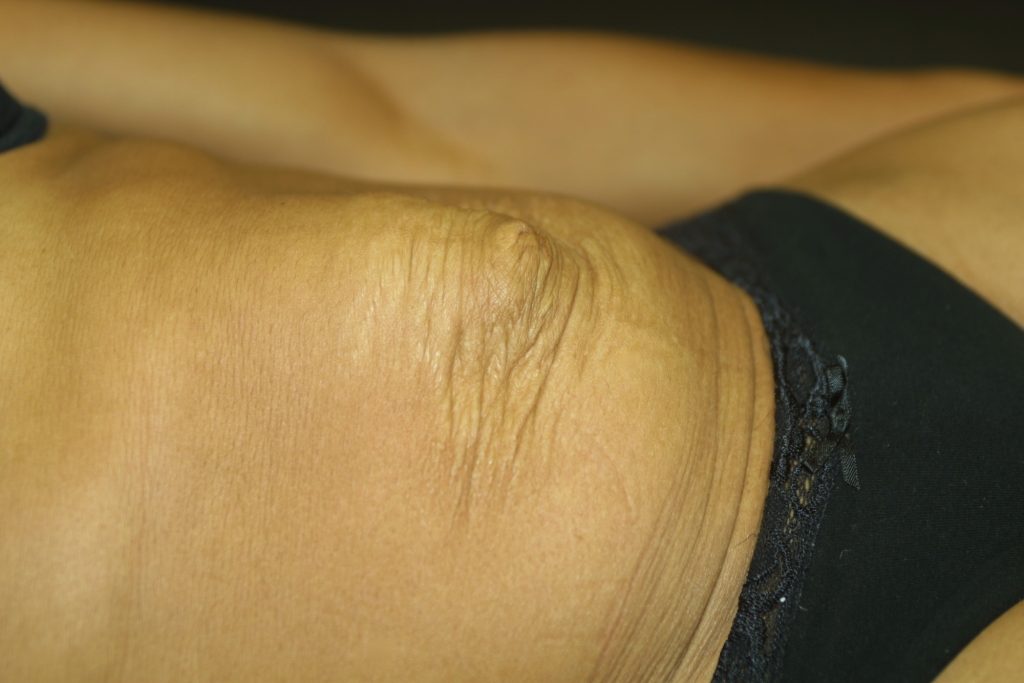
What should my weight be?
Be at the Weight you Want to be Before Surgery
If you have a beautiful tummy tuck or breast lift and lose another 30 pounds, you may need another tummy tuck or breast lift. It’s worth waiting to get to your target, realistic goal weight. Make your goal a healthy weight, but don’t aim to be skeletally thin. When tissues are too thin, the surgical risks can increase. When in doubt seek my guidance.
If you do intend to lose weight prior to surgery, plan ahead. Plan to have a month of maintaining your weight while eating good amounts of protein and reasonable calories before surgery. I do not want you eating your own body while you are trying to heal. Patients need good nutrition to heal swiftly and safely after tummy tuck.
If you have lost weight through GLP-1 or similar drugs and are maintaining, be sure to stop these medications at least two weeks before surgery. They can increase risks of anesthesia.
The patient above on the left has a naturally slender figure and will stay flatter after tummy tuck. The patient above on the right is more full figured, and will be more streamlined but will not be thin.
Types of Tummy Tuck
Mini Tummy Tuck: Removes skin only below the belly button. Sometimes involves muscle tightening from the belly button and below. The belly button is tugged downward but left intact. Often, but not always, the scar is shorter. The patient below had excess skin removed above her c-section scar.
Full Tummy Tuck: Removes the most skin and tightens the abdominal wall from top to bottom. Upper abdominal skin is pulled down to the pubic area and a new hole is made for the belly button.
Non-Muscle Tightening Tummy Tuck: A tummy tuck, mini or full, can be performed without tightening the muscles. The same amount of extra skin can be removed, but the muscles will not be made flatter. Muscle tightening is what causes discomfort after abdominoplasty. Some patients choose not to tighten the muscles. Recovery and return to work is faster. Some patients are not good candidates for muscle tightening, and some just don’t require it.
Extended Tummy Tuck: Some patients have laxity that extends toward the backside, or in some cases, all around the trunk. Some surgeons call extending toward the backside an extended tummy tuck. I extend all of my tummy tucks as needed, depending upon the degree of frontal laxity (see: can you tell me about the scar). When we pull skin downward it creates a fold of skin on the hips. If the incision is not extended far enough a “dog ear” of skin will remain.
Umbilical Float: In a very tall patient, the skin above the belly button may not be loose enough to pull all the way down to the pubic area. In this case, the belly button can be released from the abdominal wall and pulled down with the skin. It does more skin tightening than a mini tummy tuck, but less than a full. Patients must be chosen carefully because the belly button will be significantly lower.
Panniculectomy: In a tummy tuck, skin is elevated off the abdominal wall, pulled, and stretched down like a fitted sheet on a bed. For some patients who are older, heavier, or less healthy, this may have an increased risk of healing problems. A panniculectomy just removes a wedge of skin and fat in the lower abdomen, it does not elevate the abdominal wall skin. The belly button is removed with panniculectomy. Yes, this sounds weird, but you don’t need it.
TattleTuck: Yes, I made up this name for a tummy tuck that I perform on rare occasion. I’ve never seen anyone describe it elsewhere. Sometimes I will see moderately tall woman with enough skin laxity for a mini tummy tuck, but muscle separation all the way to the top of the abdomen. In this select group of patients, I do a full muscle tightening, with only a mini tummy tuck skin excision. I elevate the skin of the upper abdomen only to tighten the muscles. While there is a scar around the belly button like a full tummy tuck, the belly button is put back in the same place (back into the same hole). In these patients, an umbilical float would bring the belly button down too low.
Endoscopic Tummy Tuck: Sound cool? Yes, it does sound cool, but I have yet to find a patient for whom it really makes sense. An endoscopic tummy tuck just tightens the abdominal wall muscles, but removes no skin at all. It is a very rare patient that has enough muscle separation (diastasis) to make the surgery worthwhile with no extra skin. Cool is not always sensible. I have never met a patient who did not need at least some skin removal, so I can offer no example photo here.
Fleur-de-Lis Tummy Tuck: Most people have never heard of this type of tummy tuck. It is mainly used for patients with massive weight loss. A standard tummy tuck pulls out extra skin from top to bottom, like pulling down a window shade. For most postpartum patients this is enough. Massive weight loss patients are not just loose up and down (vertical laxity), they are loose side to side (horizontal laxity). A Fleur-de-Lis tummy tuck pulls top to bottom as well as side to side. The downside is that it leaves a vertical scar in the middle of the abdomen. Some patients (particularly my younger weight loss patients) would rather not have this scar. In that case, a standard full tummy tuck can still make a huge difference, but these weight loss patients will still have some horizontal laxity.
Circumferential Tummy Tuck: Some surgeons will excise skin from the back and front at the same time. This is known as circumferential tummy tuck or a belt-lipectomy. When I am doing a tummy tuck and pulling the patient forward, I do not prefer to do the back at the same time. I personally feel that pulling front and back at the same time will give a lesser result for both. The operations fight and limit one another. I prefer doing tummy tuck first, letting the patient heal, and then excising lower back skin when the patient can lie flat. I can get a better tummy and a better back when this is done in stages, and there is less risk of the wounds opening.
Corset Abdominoplasty: Sometimes patients, after massive weight loss, have extra rolls of skin in the upper abdomen that even a Fleur-de-Lis tummy tuck can not remove. A corset abdominoplasty combines a Fleur-de-Lis tummy tuck with an upper body lift, as in the example below. For safety reasons, I prefer to do this in two stages. Fleur-de-Lis first, and upper body lift second.
A brief word about Liposuction with Tummy Tuck:
When I examine a patient for tummy tuck, I also look at the hips and flanks. If I see fullness or bulge and the skin’s elasticity is good, I might discuss a 360-approach, including liposuction of hips and flanks with the tummy tuck. If the patient is happy with the existing curves, I leave them alone. Each patient is different, and not all require additional liposuction.
As I have already touched on, the key to liposuction is the skin, not the fat. If I think that the skin has good elasticity and that contours will look better, I might suggest liposuction of the hips or flanks at the time of a tummy tuck, but if the contours and curves suit the patient’s figure, I might recommend that the patient leave them alone.
I don’t use liposuction on the frontal abdomen when doing a full tummy tuck. This can increase the risk of healing problems and tissue loss (necrosis) in the lower abdomen. While some surgeons will do it at the same time, I don’t think it is worth the additional risk and most patients don’t need additional frontal liposuction when the abdomen is pulled tight. A normal layer of fat is a good thing. If patients do want frontal abdominal liposuction, it is much safer to do it after the tummy tuck has healed.
The patient below has fatty fullness above the hips. Because she has good skin elasticity, 360 liposuction is used to accentuate the hip curvature with her tummy tuck.
The patient below already has an aesthetic curve of the hips accentuated by the tummy tuck. No liposuction was done.
Finally, the tummy tuck is not just about the extra skin, it is also about the contour of the abdominal wall underneath the skin and fat layers. With child bearing, weight gain, and weight loss, the abdominal wall stretches. With diet and exercise, even if the weight comes off, the abdominal wall does not shrink up on its own. That is why some will still look pregnant even after childbearing. Most tummy tucks involve tightening of the abdominal wall muscles to bring them back together in the middle. Separation of these muscles in the middle after pregnancy is called diastasis. A standard tummy tuck involves both skin tightening and diastasis repair.
Principles for a safe tummy tuck surgery
Do not starve yourself before your surgery: You must have good nutrition to heal uneventfully after surgery. Your body must not be eating itself while it is trying to heal. I recommend a stable weight with good protein and nutrition 4-6 weeks prior to your procedure. You don’t have to gain weight, just be stable.
Be under medical supervision: Address any medical issues ahead of time. Sleep apnea, diabetes, and high blood pressure must all be in control prior to surgery. You may need a stress test or sleep study. Look into these things ahead of time or they will delay your planned surgeries. Some of these studies can be very difficult to schedule.
Stop all weight loss medications at least two weeks before your surgery: Some can lead to blood pressure problems and some can lead to pulmonary issues in surgery. Be sure you relay everything that you take orally. Many supplements can lead to problems with anesthesia or bleeding.
You can’t do this alone!: Have a friend, partner, or family member with you to help with recovery. You need to be taken home and attended to. You don’t need a health care professional, just someone who cares.
How long is Tummy tuck Recovery?
For any tummy tuck with muscle tightening the average patient takes about two weeks off. Even so, it’s nice to have a third week off and not need it, rather than the other way around. Unfortunately, there is no absolute standard. Some patients recover more quickly and others more slowly. Whenever muscles are tightened, whether full or mini tummy tuck, there is always discomfort. Each patient is different in how they tolerate discomfort.
I encourage patients to walk and take deep breaths immediately after surgery. This minimizes the risk of blood clots or pneumonia. At three weeks, I recommend increasing aerobic activity as the risk of bleeding is low by this time. In order for muscle repair to heal, I wait six weeks before patients resume activities that stress the core.
Beyond that, the patient will increase their activity as their bodies allow, as an athlete would after recovering from an injury.
Can you tell me about the scar?
I ask my patients to bring in a favorite, and hopefully timeless, common sense underwear or bathing suit. No thongs, no strings, no lace, and no frills. Something about an inch and a half wide in the hip that they would like to see themselves in post operatively, but something inexpensive in case I get marker on it. I plan my incisions low in the bathing suit line, because when skin is pulled tight the pubis and the scar can rise. While there could be taller underwear or bathing suits in your future, every effort is made to keep the scar as low as possible.
In men I usually plan a more horizontal scar in keeping with the underwear waist band.
P.S. Some docs make funny zigs or zags above the pubic area– I don’t get that. For me a gentle line paralleling the lower underwear makes the most sense.
Also: Beware of fashion! 20 years ago, everything was high cut on the hip. Then everything went low over the hip. Pick universal, timeless swimwear or underwear. Fashion changes but scar position does not.
Do I get a new belly button?
In a standard tummy tuck, as shown in the diagram below, the upper abdominal skin is pulled downwards over the belly button stalk, a new hole is made and the belly button is placed in that new hole. Basically, its your belly button, coming out through a new hole, in just about the same location.
To me, the look of the belly button is very important. I have seen surgeons try hearts and wedges and diamonds that see, to be of no benefit. I have also seen excessively large belly buttons that scream “tummy tuck.” While it may not be realistic for every patient, I shoot for the hope that my patients will be able to wear a two piece bathing suit in public, comfortably.
I favor smaller belly buttons for three reasons:
- I think smaller is less noticeable – others are less likely to know that you had a tummy tuck
- If you are prone to thicker scars, the smaller belly button would show less scarring
- If a belly button is too small, it is easy to make it larger, but if a belly button is too large, it is very difficult to make it smaller
How flat will my tummy be ?
How flat a patients abdominal wall can be after surgery will vary. The weight inside the belly (visceral fat) determines how flat the belly will be. As a general rule, the more slender the patient is to start, the flatter the abdomen will be. Slender patients stay flatter, medium weight patients will stretch medium, but usually see improvement. Heavy patients many not see any improvement, so we have to decide whether muscle tightening makes sense at all.
The weight inside the belly wants to find its own level of tension and will stretch to a new normal. While patients can control weight, they can not control the strength of their tissues. A woman who has had twins or multiple pregnancies may have weaker tissues and relax more.
The patient below has very little intra-abdominal fat and is less likely to round and relax after muscle repair.
The patient below has more intra-abdominal (visceral) fat and will see improvement with a tummy tuck, but not have a completely flat abdomen at her current weight.
Do you use a pain Pump?
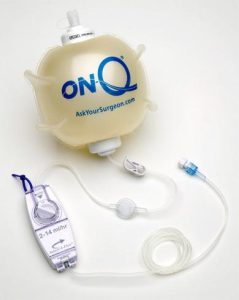 A pain pump is essentially a balloon filled with local anesthetic that drizzles the anesthetic under the skin via small tubes placed internally at the time of surgery. The tubes are removed 3-5 days after surgery. I have never liked pain pumps and no longer use them. Exparel, discussed below, while more expensive, works much better.
A pain pump is essentially a balloon filled with local anesthetic that drizzles the anesthetic under the skin via small tubes placed internally at the time of surgery. The tubes are removed 3-5 days after surgery. I have never liked pain pumps and no longer use them. Exparel, discussed below, while more expensive, works much better.
What is Exparel?
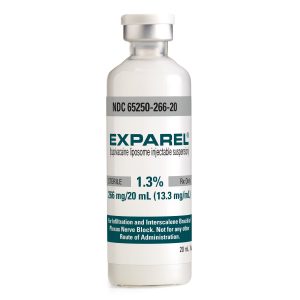 Exparel is a medication used to manage post-surgical pain. While not new, it is a “newer” drug that is still under patent. That it is why it is so expensive – there is no generic yet. It combines a long acting local anesthetic in a slow release formula that lasts as long as 4 days. It is injected, while the patient is asleep, into the abdominal nerves and give a “pain block.” Patients require less medication and are far more comfortable early on. I feel is does much better than pain pumps and I strongly recommend it.
Exparel is a medication used to manage post-surgical pain. While not new, it is a “newer” drug that is still under patent. That it is why it is so expensive – there is no generic yet. It combines a long acting local anesthetic in a slow release formula that lasts as long as 4 days. It is injected, while the patient is asleep, into the abdominal nerves and give a “pain block.” Patients require less medication and are far more comfortable early on. I feel is does much better than pain pumps and I strongly recommend it.
How do you prevent blood clots?
When a tummy is tightened with muscle repair the pressure inside the abdomen goes up. This can slow blood flow coming back from the legs and, in some cases, lead to blood clots. In rare cases, blood clots can break off, go to the lungs and cause death. All plastic surgeons take measures to diminish this risk. All patients in my practice get leg compression stockings and have compression balloons placed on the legs to promote blood flow and diminish clot risk. Each patient gets a small dose of a blood thinner as well. It is a fine line because we don’t want blood clots, but we don’t want bleeding either.
Some patients will purchase home compression stockings as well (seen below). These can be bought on Amazon
Most importantly, walking at home and moving the legs helps decrease the clot risk.
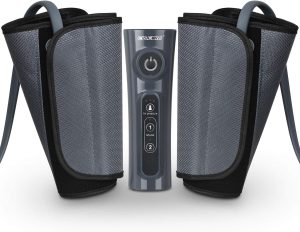
What do I need to recover at home?
I did a search online of things you can purchase to recover from a tummy tuck that you “must” have. Don’t spend a fortune on silly stuff.
Here is my list below:
1) A caring helper or partner
2) A caring helper or partner
3) A caring helper or partner
Realistically, have a comfy bed with sheets that you don’t care about and a bunch of pillows, a few disposable pads to sleep on top of, and a box of ABD pads from CVS.
Fancy chairs and folding beds won’t hurt, but most really do not need them and some come to rely on them. I am not a fan of walkers as people become dependent. Walking and deep breathing on your own is best.
We provide a very ugly surgical binder that you will wear until the drain comes out (usually the first post-op visit). After that, I recommend a gently compressive garment that goes from the knees to up under the breasts. Think spandex (Walmart/Kmart, not fancy), not a Faha, despite what you read on the web. A super tight Faha can actually increase swelling and cause healing issues.
Please, no ice packs or heating pads – your skin is numb after the surgery, and you could freeze or burn it.
How do you treat scars after surgery?
I go over scar treatment at 3 weeks post-op. I want you to have some healing done before lotions and potions are applied. I believe that massaging your scar really helps, but what you use to massage is less important. Bio oil is good and inexpensive. I’m not a huge fan of silicone strips, because they can trap moisture or lead to irritation from adhesives. The only silicone strip that make intellectual sense to me is “Embrace,” because applied correctly it puts pressure on the scar.
The thing that makes the most difference is the thing you can’t control, your genetics. Genetics, specifically, skin pigmentation, will ultimately decide the quality of the scar.
Do men have tummy tucks?
Yes, while tummy tucks are most common in postpartum women, both men and women undergo tummy tucks. Women, after childbearing or weight loss, men, only after weight loss. Some men come to see me with full, tight, round abdomens expecting to be made flat… a “beer belly” so to speak. We succeed in women because the baby, fat, and enlarged uterus have all gone away after delivery and we have a lot of room we can reclaim by tightening muscles.
I have to explain to the man with the full belly that they still have the equivalent of the baby and the enlarged uterus inside -actually visceral fat- and there is no room to take back. I can sometimes help with a panniculectomy, which removes hanging skin and fat, but I can’t get a flat belly until the visceral fat comes off through weight loss. Once a man loses weight, a full muscle tightening tummy tuck is possible.
In terms of differences, I make lower and more horizontal incisions in men because their underwear is more horizontal. I also spend more time going over postoperative care with men, as they tend to listen less and misbehave more…….
Tummy tuck correction
Occasionally, I am called upon to revise and repair a tummy tuck gone wrong. Most often, this is best accomplished by repeating the tummy tuck if the patient still has enough laxity. In the example below, the patient had a tummy tuck attempted by a non-plastic surgeon. By repeating the tummy tuck, we were able to restore this patient’s abdomen.
The patient below had a tummy tuck by a non-plastic surgeon. She had enough laxity that I could remove and replace the area of concern.
The patient below was left with “Dog Ears” from a prior surgeon’s tummy tuck. A combination of liposuction and additional hip skin excision were used to correct this. This happens mainly when the scar is not long enough to remove all the excess skin.
The patient below had a scar on the lower abdomen. We were able to correct this with a full tummy tuck. I call this trading scars, because the vertical scar has been traded for a horizontal scar under the underwear line. (She has also had breast augmentation as part of a mommy makeover).
TLDR
If you have read all the way to here that makes me very happy, but if not, don’t worry. A consult should make up the difference.
I love to teach, and I take pride in educating my patients about what can and can not be accomplished, what is real, and what is wishful thinking on the very dangerous internet, and which expectations are realistic, and which are not.
I don’t always tell patients what they want to hear, but it is always my hope that when they leave my consultations, what I have taught makes sense, not just from my teaching, but in an independent intellectual sense. An informed patient is a better patient, a more realistic patient, a safer patient and ultimately, I hope, a happier patient.
Please contact me if you have any questions or comments. I will be updating and hopefully improving this site.
Dr. Tattelbaum's websites
about Dr. Tattelbaum
![]() The son of artist and a clergyman, Dr. Adam Tattelbaum grew up in a household where artistry and enhancing the lives of others took equal place. “I always knew that I wanted an occupation where I could work with my hands but also make a positive difference in people’s lives. I can think of no field in medicine that is more creative, gratifying, or exciting.”
The son of artist and a clergyman, Dr. Adam Tattelbaum grew up in a household where artistry and enhancing the lives of others took equal place. “I always knew that I wanted an occupation where I could work with my hands but also make a positive difference in people’s lives. I can think of no field in medicine that is more creative, gratifying, or exciting.”
Born in New York City, Dr. Tattelbaum has performed plastic surgery in the Metropolitan Washington D.C. area for almost 30 years. Trained at Columbia, Harvard and Georgetown University, Dr. Tattelbaum is certified by both the American Board of Plastic Surgery and the American Board of Surgery. He is a member of the American Society of Plastic Surgeons as well as the American Society of Aesthetic Plastic Surgery which serves as a mark of distinction in cosmetic plastic surgery. He serves on the clinical faculty at Georgetown University, where he has taught. Listed on multiple occasions as a Washingtonian and Bethesda Magazine Top Doctor, his greatest joy is the teaching and education of his patients. He offers a common sense approach to cosmetic surgery and offers the same advice to patients that he would offer to his family and friends.
Husband and proud father of two, Dr. Tattelbaum and his wife live in Maryland.
